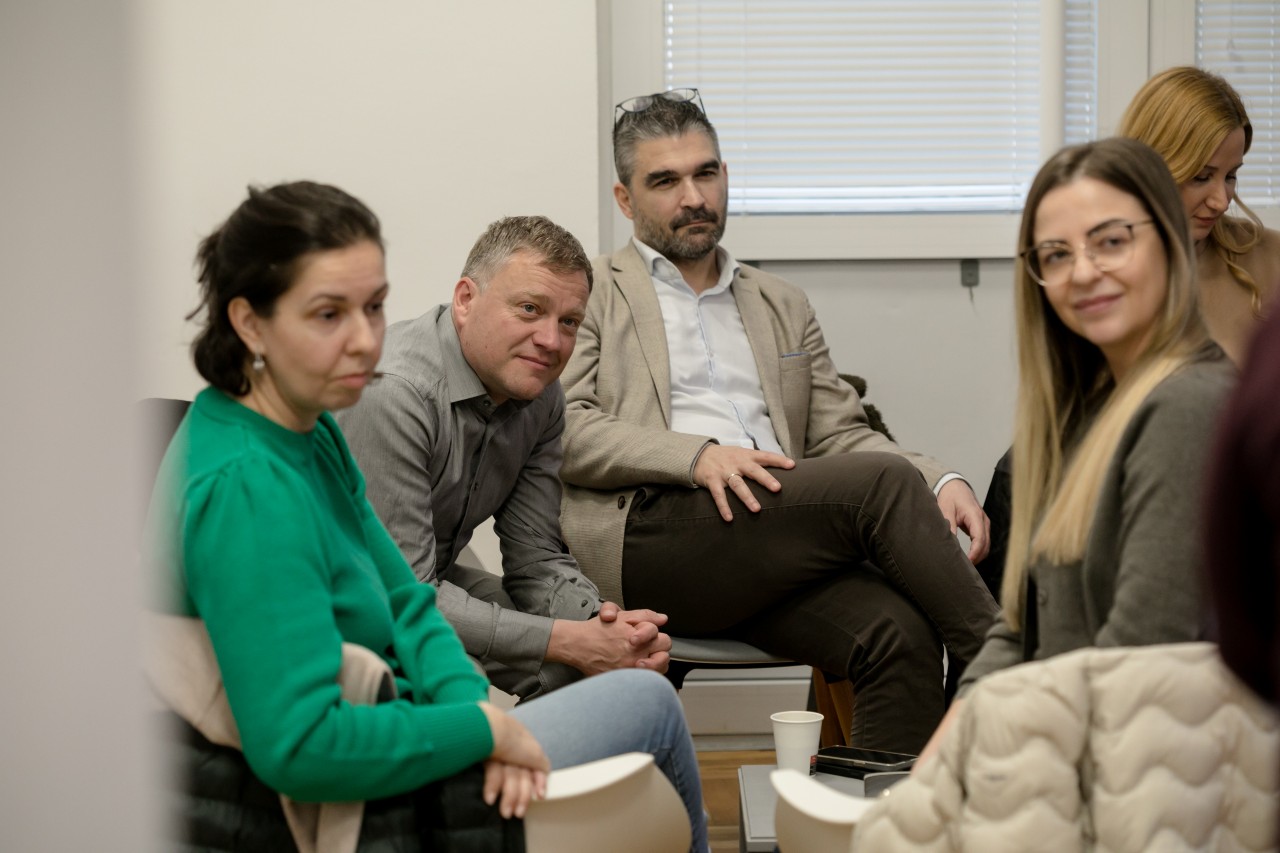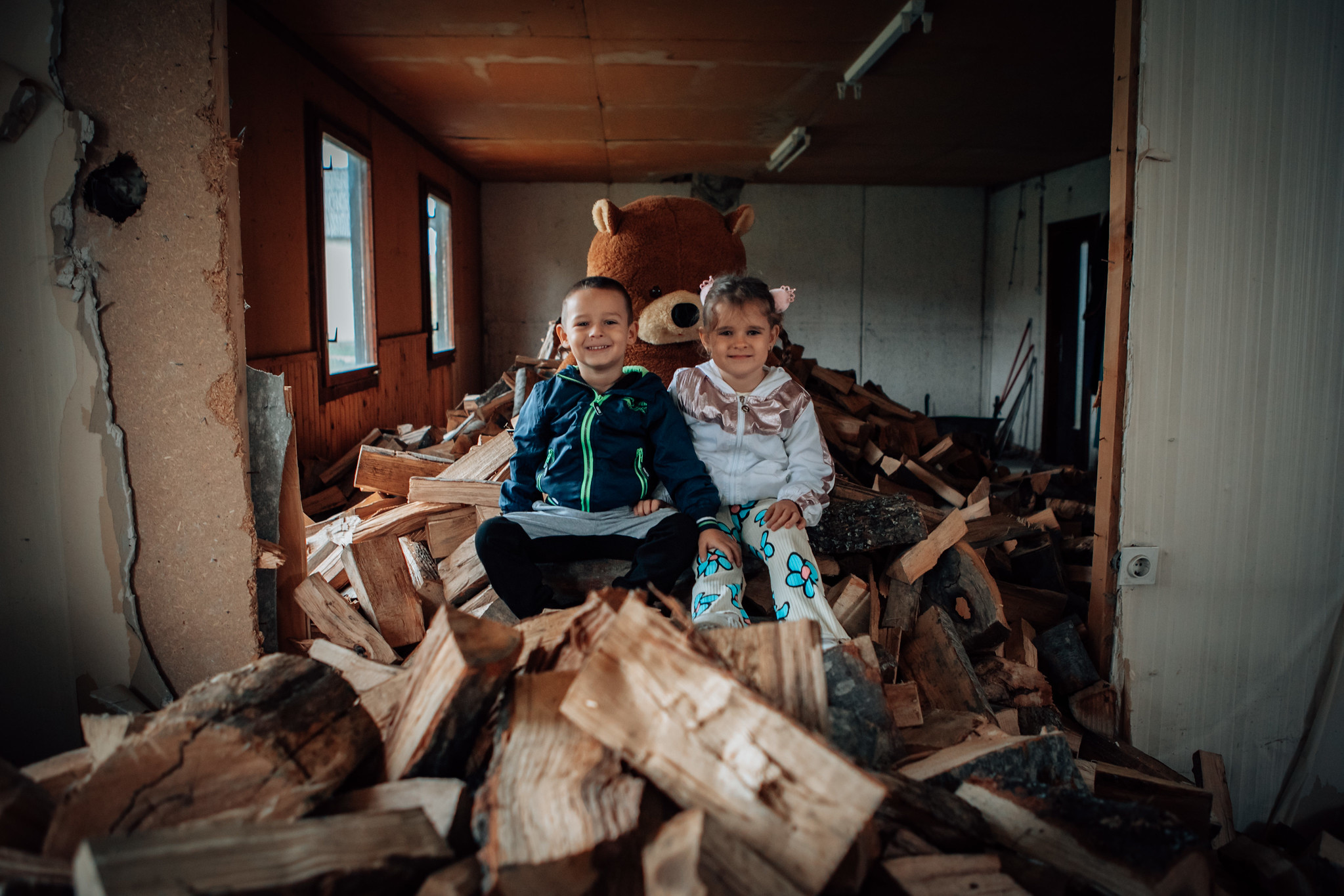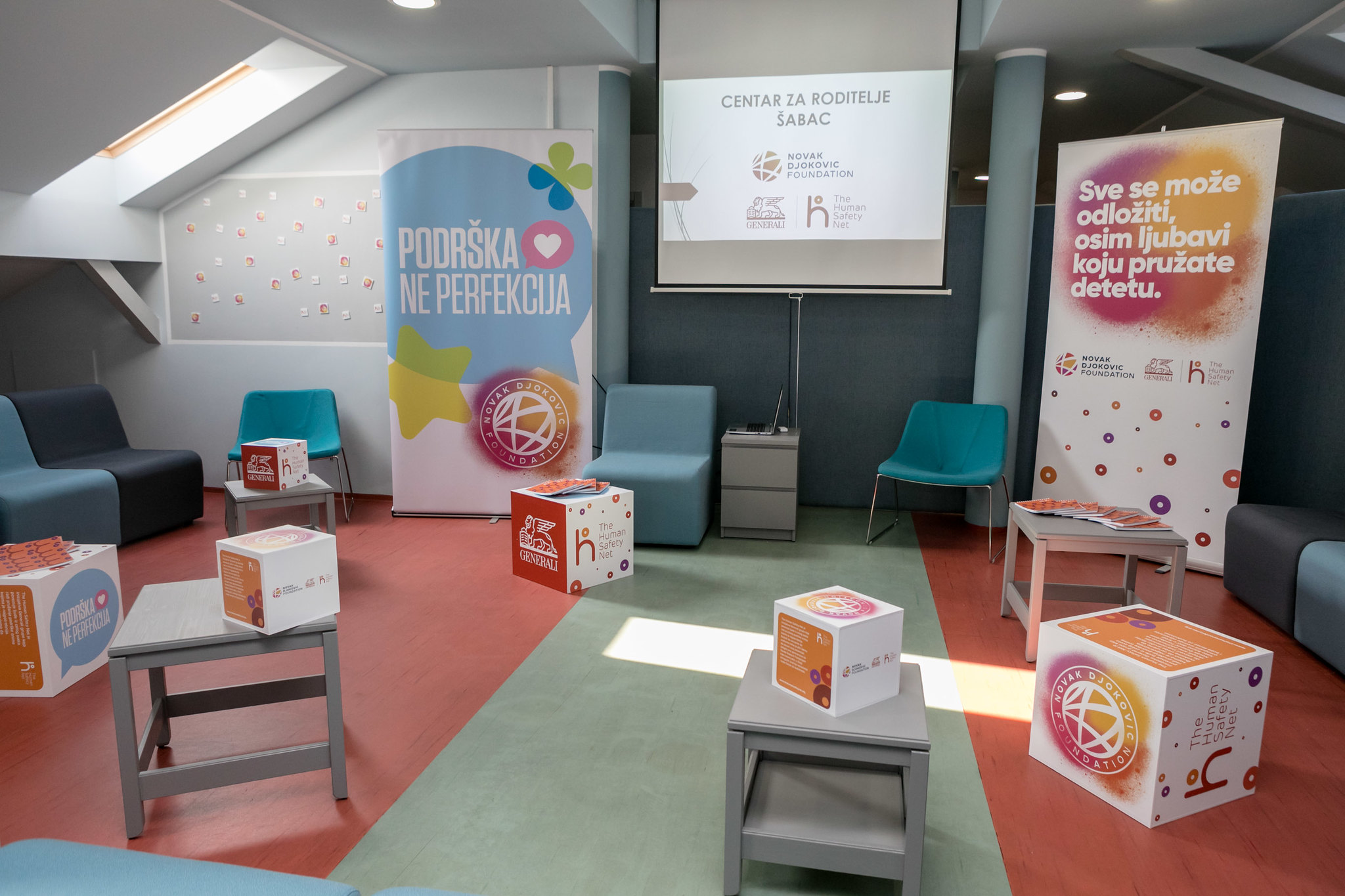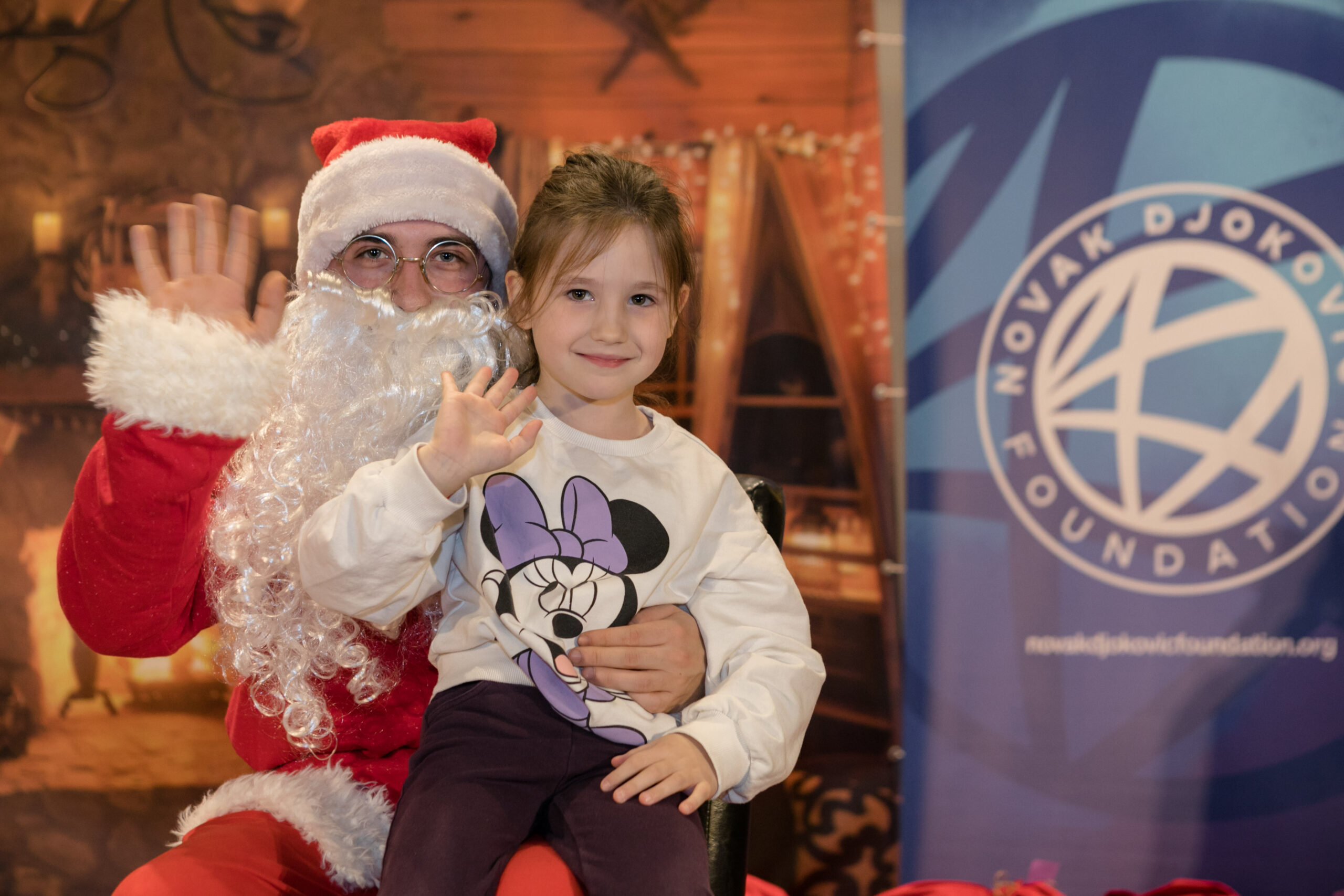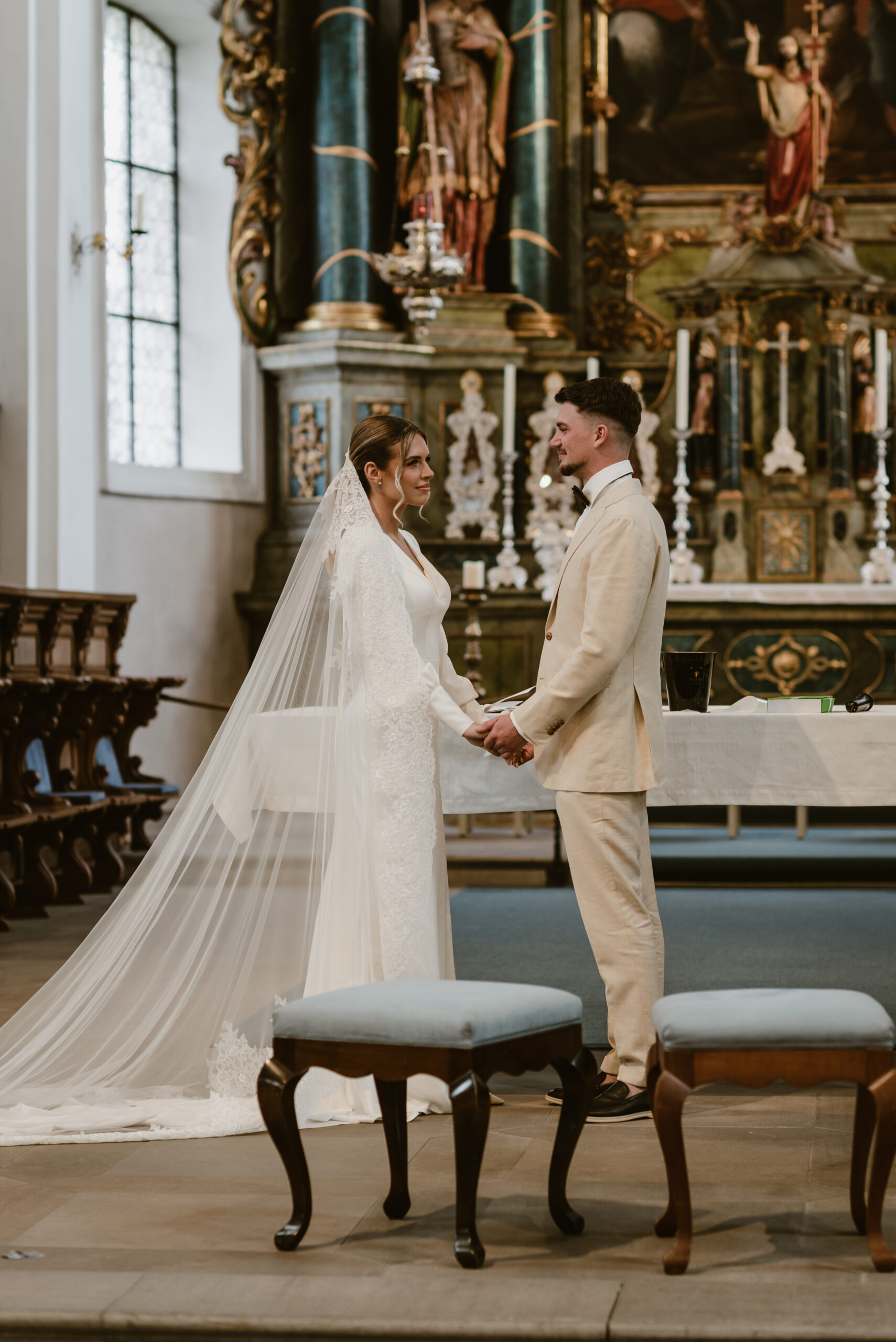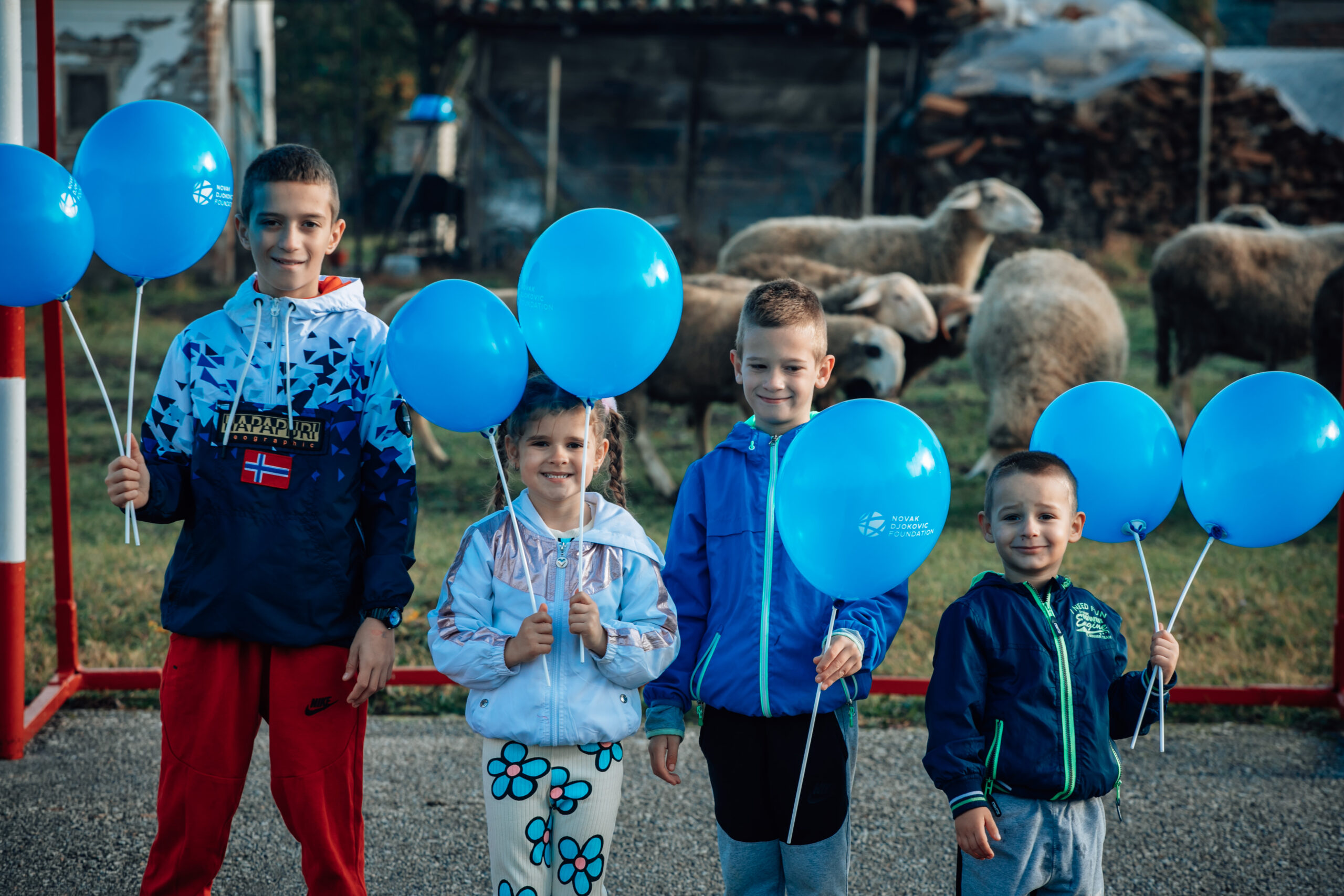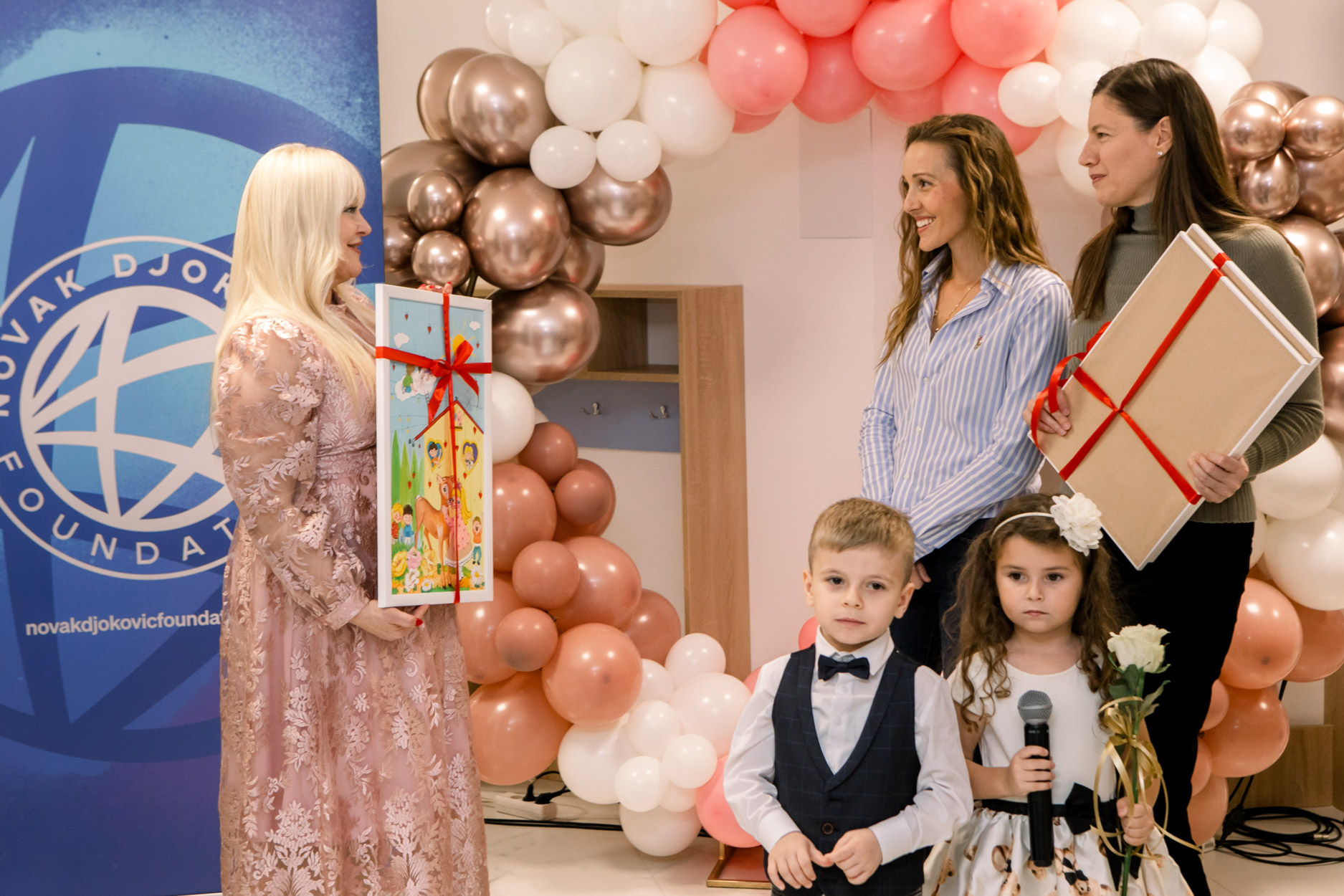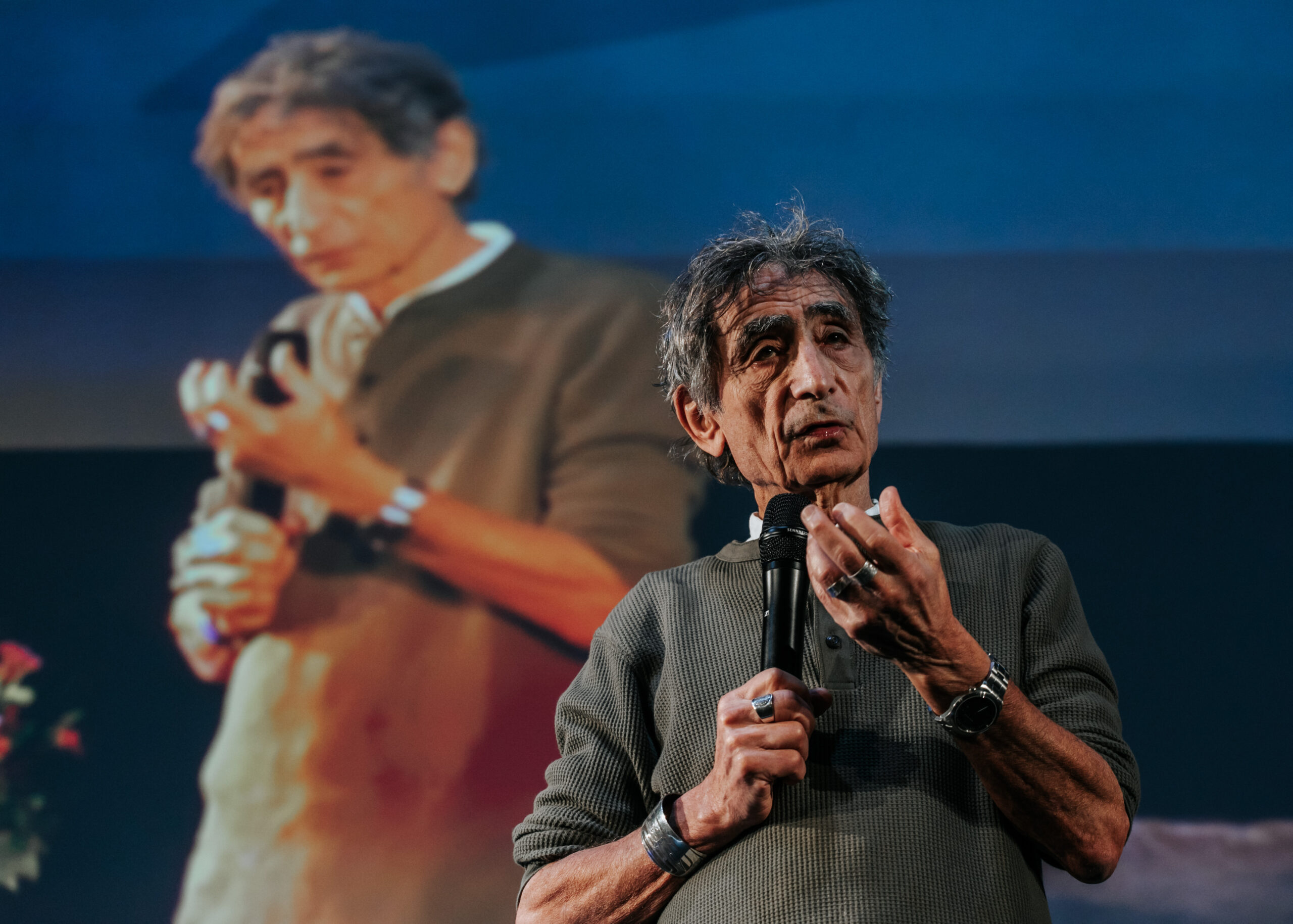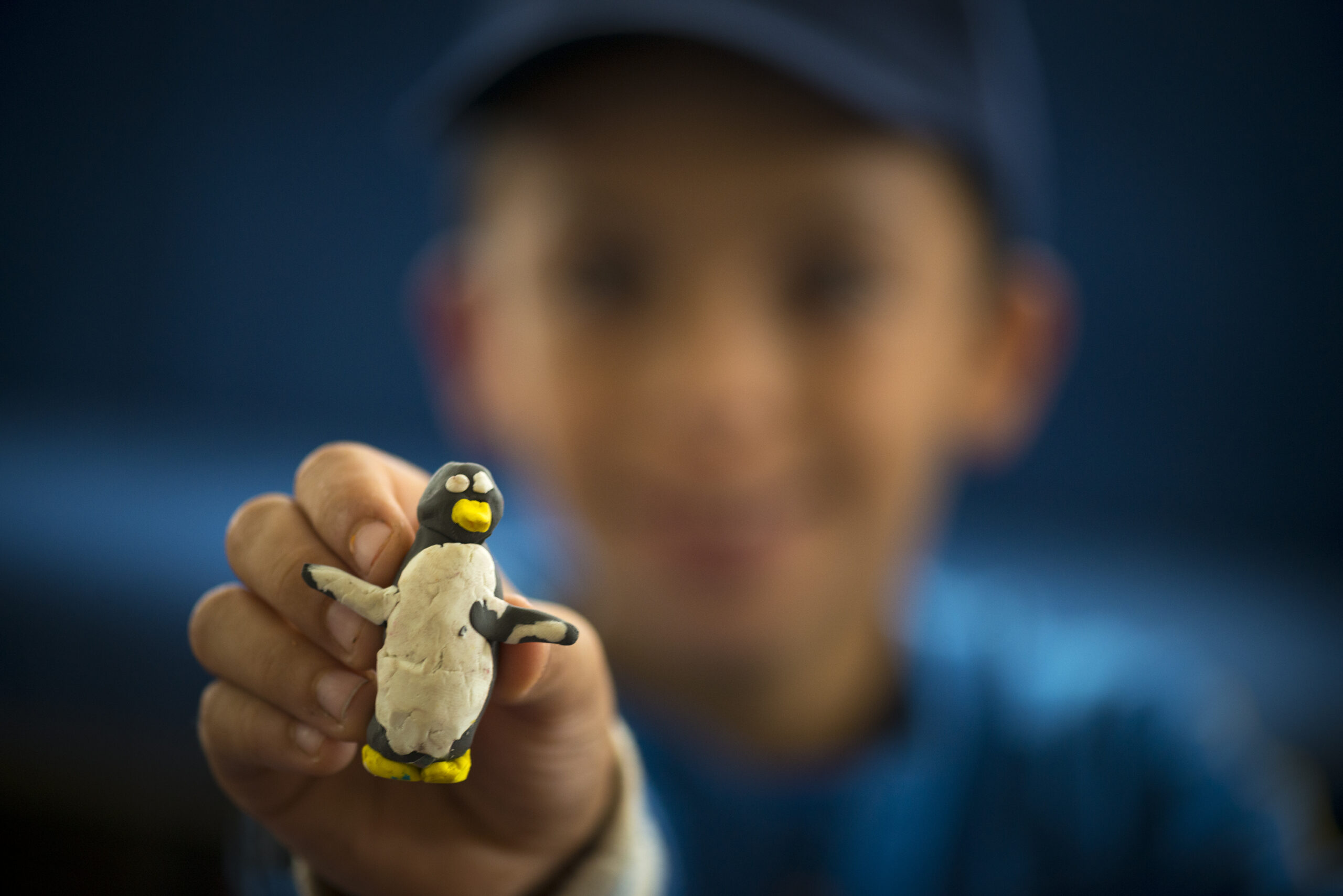
The Benefits of Art and Creativity in Early Childhood Education
Art and creativity have a significant impact on a child’s cognitive, emotional, and social development. This article will explore the benefits of art and creativity in early childhood education and why parents and educators should encourage it. Early exposure to art and creativity provides young children with a range of benefits that can positively impact their cognitive, social, emotional, and physical development.
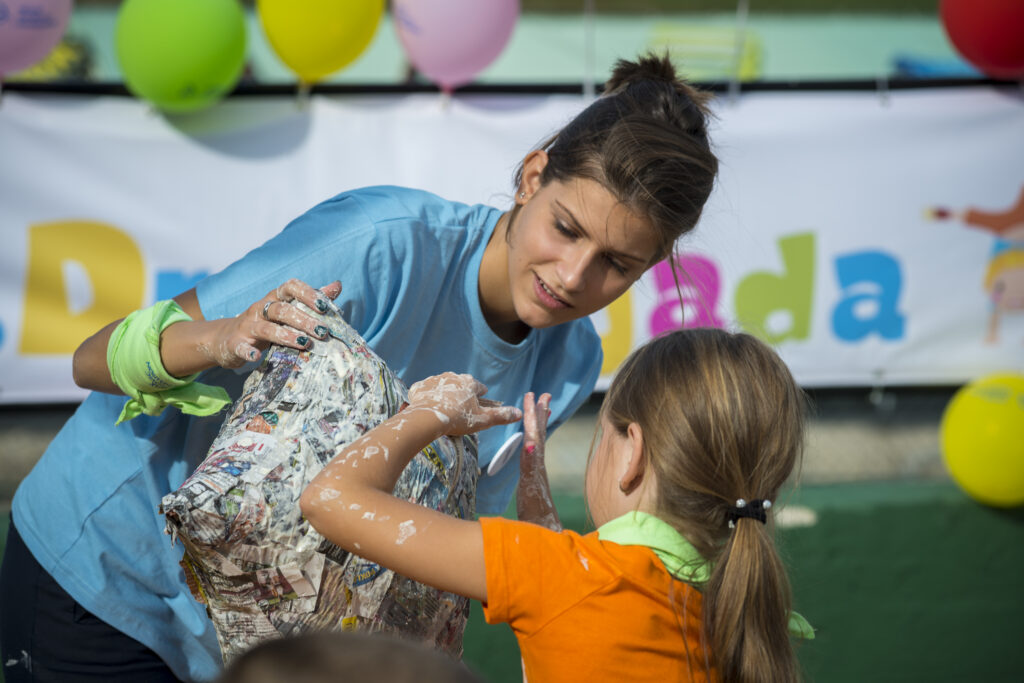
Cognitive Development
Art and creativity involve a wide range of skills, including problem-solving, critical thinking, and decision-making. When children engage in art and creative activities, they develop these skills, which are essential for their cognitive development. Creating art also helps children learn about colours, shapes, patterns, and textures, which are important elements in visual learning. By creating art, children learn to observe and interpret the world around them.
Emotional Development
Art and creativity allow children to express their feelings and emotions in a safe and positive way. Art can help children deal with stress and anxiety, which are common in today’s world. It also helps children develop empathy, which is essential for building positive relationships with others. Art can also be a form of therapy for children who have experienced trauma or are dealing with emotional challenges.
Social Development
Art and creativity are excellent tools for promoting social development. When children engage in group art activities, they learn how to work collaboratively and develop communication and social skills. Art can also help children build self-confidence and self-esteem, which are essential for developing positive relationships with others.

Imagination and Creativity
Art and creativity are all about imagination. When children engage in art activities, they are free to explore their creativity and imagination, which is essential for developing problem-solving skills. Art allows children to experiment and take risks, which helps them become more confident and creative.
Fine Motor Skills
Art activities require children to use their hands and fingers, which is essential for developing fine motor skills. Fine motor skills are crucial for everyday activities such as writing, tying shoelaces, and using cutlery. Art can also help children develop hand-eye coordination, which is essential for sports and other physical activities.
Finally, art and creativity provide an enjoyable and engaging learning experience for children. When children are having fun and enjoying themselves, they are more likely to be motivated and engaged in learning. Art and creativity allow children to explore their imagination and creativity, which fosters a love of learning and curiosity. This can help to create a positive attitude towards learning that can continue throughout their academic journey.
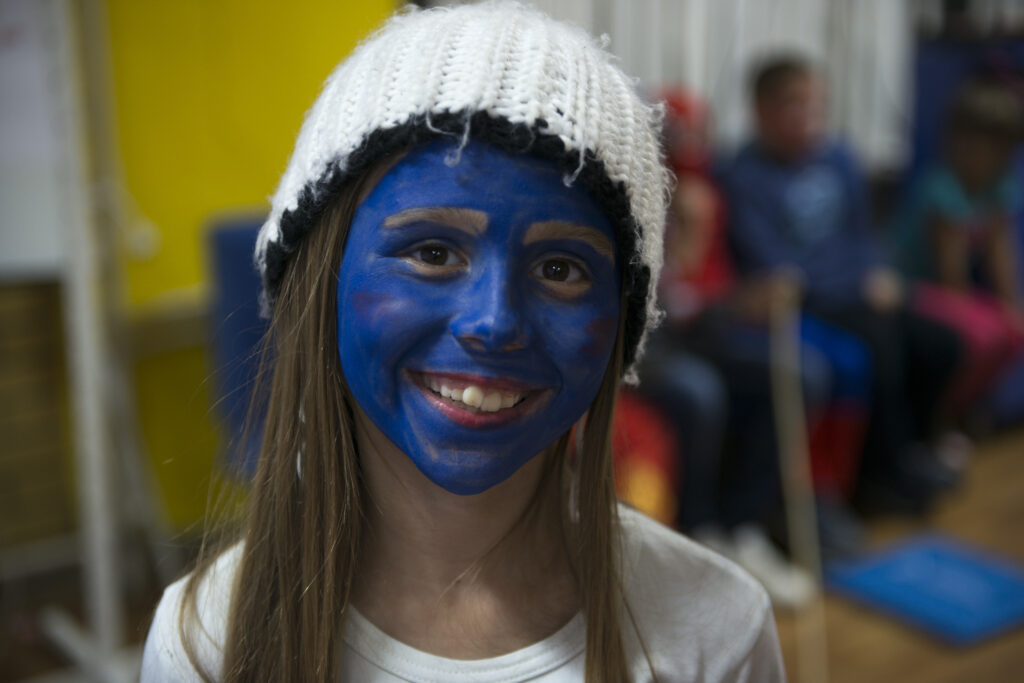
In conclusion, art and creativity are essential components of Early Childhood Education, and they have numerous benefits for young children’s development. By providing children with opportunities to engage in creative activities, educators can support children’s cognitive, social, emotional, and physical development in a fun and engaging way. Ultimately, art and creativity can help children develop into confident, creative, and curious learners who are ready to succeed in school and beyond. Therefore, it is important for parents and educators to encourage young children to explore and express their creativity through art and other creative activities.
Aditya Ansh is a student at OP Jindal Global University. He enjoys writing poems and short stories. Aditya has a keen interest in photography and loves to tell stories through his images.He is also a content creator on his YouTube channel.


